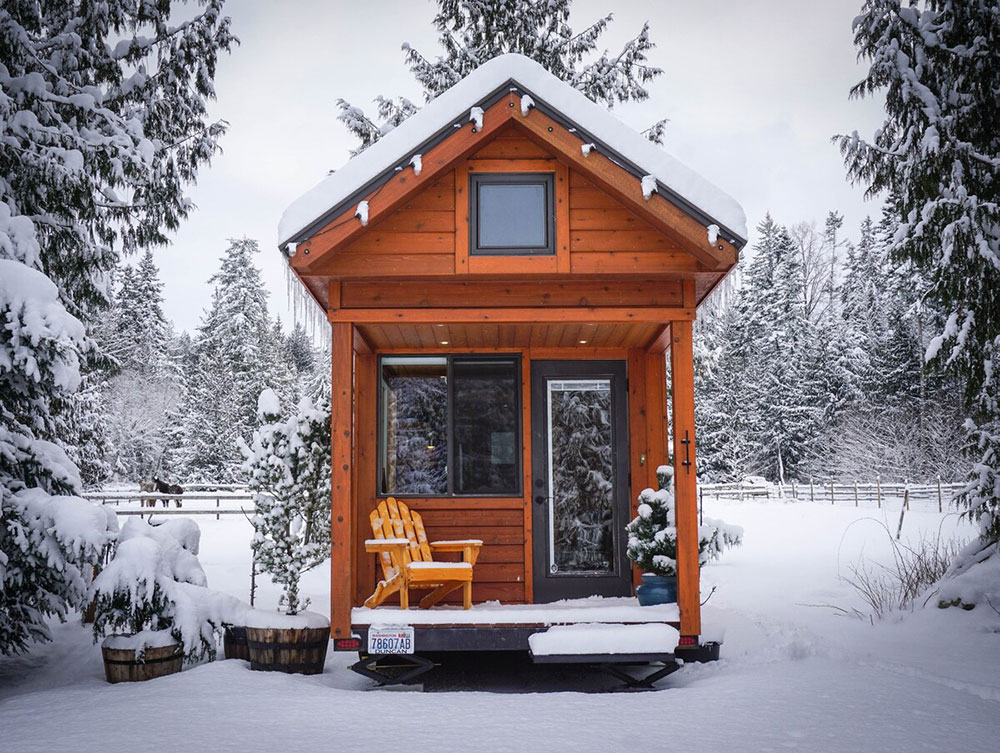A frozen or burst pipe can have a devastating impact on a property. Ideally, you should look to prevent pipes from freezing, but sometimes, even the best intentions fail in this regard.
Therefore, you must know what to do when pipes freeze and how you can thaw frozen pipes.
Why do pipes freeze?
If water is inside a pipe when the temperature falls, you risk suffering from frozen pipes. This is because frozen water expands and is pressurized in cold weather.
Water cannot flow properly in a frozen pipe, but crucially, it can cause pipes to burst. If this happens, your home is susceptible to flooding, which is why you should do what you can to prevent pipes from freezing and unfreeze water pipes.
Cold weather is a common factor, so be more aware of a burst pipe and vulnerable pipes in winter months.

How to respond if a pipe bursts
When frozen water pipes burst, the faster you respond, the better, as a swift reaction mitigates the damage. You might not even notice a pipe is frozen until you are standing ankle deep in a shower thinking that you may have drain issues. You should turn off the main water supply with the stop tap at the main shut off valve as soon as possible, minimising how much water can impact your house.
Pipes freezing is a common occurrence and help is available
It is also a good idea to shut the power off in your home. Water and electricity don’t mix, so turning the power off removes a significant risk in your home at this time. Be mindful of your electrical equipment when pipes are frozen.
You should also call on an expert for help. Assistance from a professional plumber is crucial, and they can resolve the issue quickly, allowing you to get back to normal as soon as possible.
While waiting for the plumber, you should start the clean-up process. If there is water around your home, look to mop this water up. Ideally, you should remove as much water and moisture as possible.
If the level of flooding and damage is severe and you have water ingress, you might need to call in expert help to care for your floor, carpet, walls, ceilings or even repairs to your foundations.
How to thaw a pipe
If you have a frozen pipe or frozen pipes, you might be able to resolve the matter yourself.
You can check for a frozen pipe by turning on the tap, and if only a few drops of water come out, this possibly indicates an ice blockage or that your pipes are frozen.
Turn on the tap or taps
The first step in thawing a pipe is to turn on your taps and allow them to run. Sometimes, even the slightest release of water from a pipe can prevent it from bursting. So, release as much pressure as possible with an open faucet, which might pay off in the long run.
Apply heat on the frozen pipe section – a hair dryer will work
If you have a hair dryer in your home, this is the ideal time to use it. You should slowly apply heat to the pipe using a hair dryer or a space heater. Do not use a stronger heat source, such as a propane torch or open flame, as this might damage the pipe. Also, this is a fire risk so watch out for flammable materials.
You have options to heat cold water pipes – including heat tape and warm air
Another option to increase the heat on the frozen area is to place thermostatically controlled heat tape around the pipe. Even a hot water bottle wrapped around the affected area can aid the thawing process, as can hot towels. A heat lamp is another option to consider when unfreezing pipes, as is a fan heater or a warm tea towel doused in warm water.
While you are heating the pipe, leave the hot water tap running.
Make sure you maintain heat on frozen pipes
Don’t be tempted into thinking you have applied enough heat. You should continue to apply heat until the pipe thaws, and you have full water pressure at your home. Even when you have full water pressure, continue to heat the pipe and let water flow, as this will remove any lingering ice in the pipe.
Review every tap and frozen pipes in your home
Even if only one tap or pipe appears to be frozen, take the time to review all pipes and cold taps in the house. If any others show signs of freezing, replicate the steps you have taken on the frozen pipe.
Be proactive in preventing frozen pipes and burst pipes
If you have suffered frozen pipes and wish to avoid it happening again, or if you would prefer to prevent pipes freezing, please consider the following points:
- Maintain the temperature of your home at a level higher than the freezing point
- If you are going to be away from your home for some time, consider shutting the water off
- Insulate water pipes, especially water pipes near to external walls or exposed pipes, with a heating cable or foam rubber
- Look out for pockets of cold air at home
- Open interior doors and cabinet doors in your home as this enables air circulation
- Allow frozen taps to run at your kitchen faucet (all the faucets), hopefully allowing even a small amount of water to trickle through, as this minimises pressure
- If you are concerned about wasting water from thawing pipes, collect trickles and use them to water plants or for cleaning jobs
- Know the nearest watersafe plumber who adheres to the UK national accreditation scheme and have their contact details to hand
- Review water flowing through all pipes including enclosed pipes and outdoor pipes
How long should it take to safely thaw a frozen pipe?
While each case is unique, it is not uncommon for frozen pipes to thaw in half an hour if you follow the above steps.
The time it takes will vary depending on the following factors:
- The severity of the water
- Condition of the pipes,
- Pipe location and water supply
- If its a hard freeze and there’s cold weather
- How long water has been frozen
All these factors shape the time to thaw pipes, so act fast.
You can prevent frozen pipes
Knowing how to unfreeze pipes and ensure your cold water storage tank or cold water storage system is in good condition is vital information for all homeowners. Burst pipes can make home life miserable, but when you know how to unfreeze pipes or thaw a frozen pipe, you can deal with these challenges.

